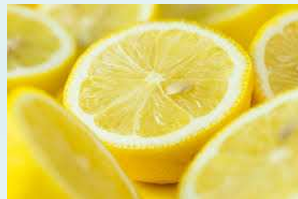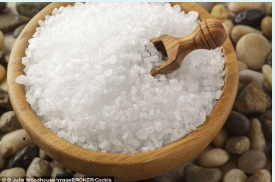Taste-WK2
1/16
There's no tags or description
Looks like no tags are added yet.
Name | Mastery | Learn | Test | Matching | Spaced |
|---|
No study sessions yet.
17 Terms
where is taste on the body
on the tongue mediated by chemoreceptors
where are taste buds located
on the side of the papillae (the tongue)
consist of a cluster of spindle shaped cells –some of these are the taste receptors, others are supporting cells
what is the microvilli
they project into the taste pore
at base of the taste buds which communicate through afferent neurons
describe sensing in taste
to interact with chemoreceptors, tastants must be in a solution
the tastants dissolve into saliva & mucous in the mouth
Stimulation of the chemoreceptor results in the receptor potential –a depolarisation–which causes release of neurotransmitter from the taste cell
The neurotransmitter stimulates an action potential in the afferent gustatory sensory neurons
Neurons project to the brainstem and the information is relayed through the thalamus to the gustatory cortex and hypothalamus
what are the 5 primary sub-modalities of taste
salty
sour
sweet
bitter
umami (savoury taste)

describe sour
sour is associated with acidic food or drink & also spoiled food
it is detected as H+ ions by distinct ion channels
OTOP1 is a proton-selective ion channel
the H+ entry causes cell acidification which closes K+ channels generating depolarisation
what is cell acidification
it causes k+ channels to generate signals to depolarise

describe salt
salt is essential in maintaining electrolyte balance
it is sense as Na+ by ion channels like ENaC (epithelial sodium channel)
Na+ is sensed in the conc. between 10-500mM
the opening of the ENaC depolarises the cells which causes neurotransmitter release onto the sensory afferent neurone
describe sweet
sugars & artificial sweeteners (saccharin, aspartame) are detected as sweets
they are detected by GPCRS
also activate a complex of T1R2/T1R3
the GPCR uses a special G protein gustducin to signal
describe bitter
it is correlated with poison
there are 50-100 different bitter receptors, which respond to different chemicals
it is sensed by the different GPCRs T2R
many alkaloids chemicals are poisonous - bitter taste is a defence against poison
what is umami
it means delicious in Japanese
it is triggered by amino acids monosodium glutamate (MSG) - a flavour enhancer
activates the GPCR dimer T1R1/T1R3 to signal
the GPCRs use Gagus to signal & activate PLC
what are the 4 taste cell types
type i cells - glial (astrocytes)
type ii - receptor cells respond to sweer, bitter , umami
type iii- respond to sour & salty
type IV - are immature
describe type ii receptor signal transduction
type ii receptors cells respond to sweet, bitter, umami & releases ATP as a neurotransmitter to communicate with sensory afferent neuron
what is type iii signal transduction
has a conventional synapses with sensory afferent neuron
neurotransmitter is 5-HT
they respond to sour via the OTOP1 channels - release neurotransmitter to communicate
involved in salty detection through ENaC
describe taste signalling
sour & salt taste are detected by ion channels
sweet, umami & bitter taste are detected by GPCRs that bind to Gα gustducin
it stimulates the PLC-beta to increase the IP3 & release Ca2+ from the intracellular stores
Ca2+ activates TRPM5 ion channels causing sodium influx & membrane depolarisation
it releases ATP from type ii taste cell which activates the sensory nerve fibre via purinergic receptor stimulation
the information is then carried through afferent neurons to the gustatory area of the brain
what are other taste sensations
fat is also said to be sensed in the mouth - the K+ channels are activated by fatty acids
the transporter molecule CD36 & 2 fat sensitive GPCRs are potentially involved
what is the somatosensory pathway
it is the nerve that senses spice like capsaicin from chilli pepper & menthol in mint via TRPV1 ion channels